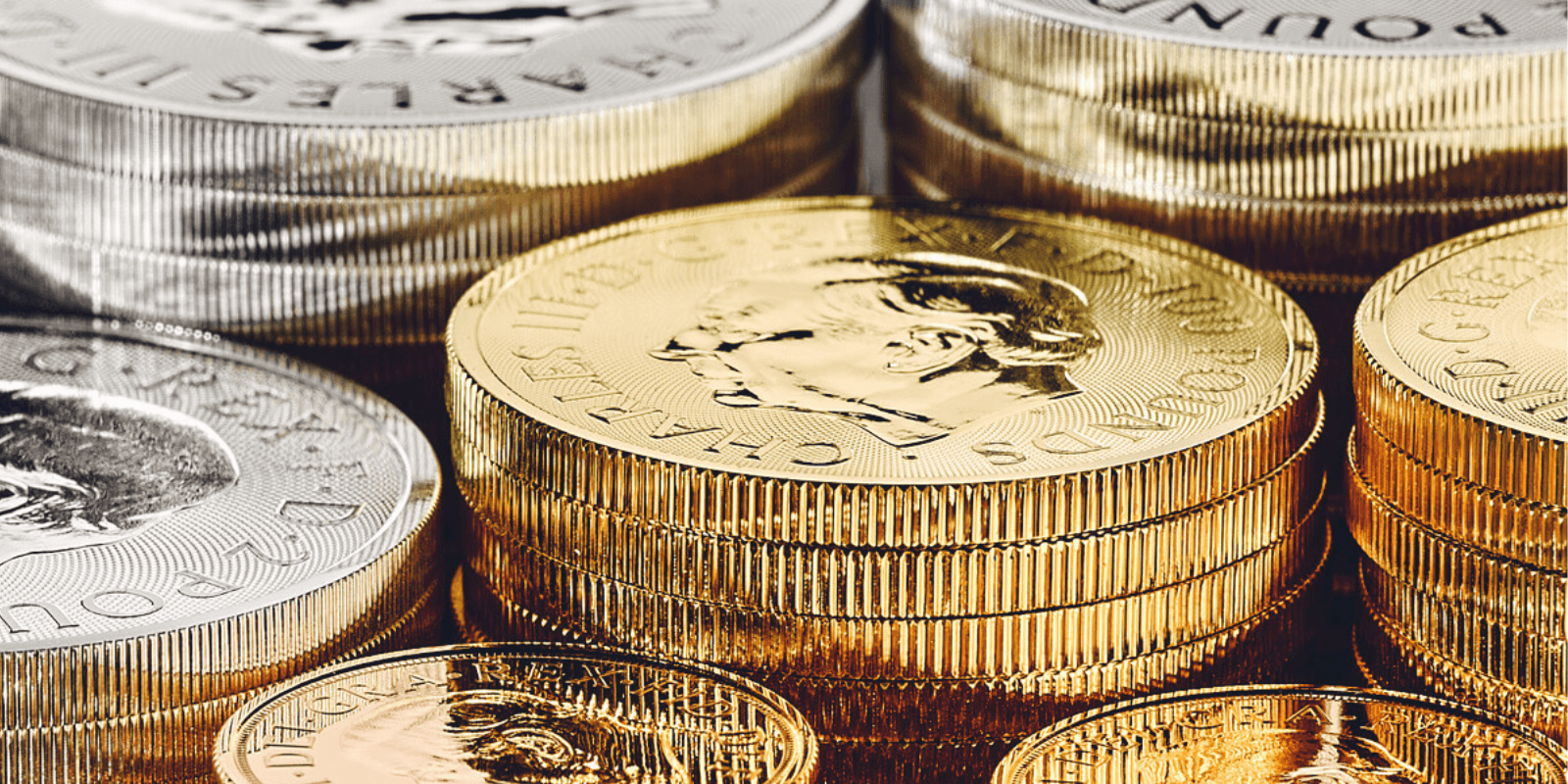There’s hardly anyone we know that doesn’t own a piece of diamond jewellery. Have you ever wondered about their history? We’ve chronicled their entire history for you to read!
Diamonds came into existence long before the dinosaurs roamed the planet.
Diamond derives its name from the Greek word ‘adamas’, which means unconquerable. They survive extremely brutal forces of nature to reach us and are usually brought to the Earth’s surface through volcanic activity. Diamonds typically have to travel more than 100 miles to reach the Earth’s surface and the sheer amount of hardships they endure truly makes them invincible and indestructible as per the meaning of their name.
Diamonds were first mined in ancient India. They were known as ‘Vajra’ which means thunderbolt. Slowly and steadily, the word about its uniqueness, rarity and beauty spread in the aristocratic families throughout the world and the popular trade routes across the globe did the rest.
The earliest reference to the diamond is in Sanskrit manuscript dated from 320-296 BC in India. That is nearly 3 millennia’s back. At that time in India diamonds were primarily used for decorative purposes, and as a talisman to ward off evil. Diamond’s refractive property is the most likely reason for its use in ancient India.
The very first diamonds were brought from India to Europe by Alexander the Great in 327 BC.
Some popular beliefs around diamonds were truly beautiful. The Romans believed that the Cupid’s arrows were tipped with diamonds. Coincidently, it was the earliest association between diamonds and romantic love. The Greeks felt that diamonds were the tears of the Gods or splinters from falling stars. These various concepts in different cultures were simply an ode to the beauty of diamonds.
With time, a relatively small number of diamonds became part of jewellery of the royal families of Europe. In the 13th century, the emperor of France, Louis IX enforced a law reserving diamonds only for the king. The next 100 years saw the appearance of diamonds; evident in the royal jewellery of both men and women.
The demand for diamonds increased manifold as more and more of them reached the European continent. The diamond cutting industry originated in Venice only after 1330 and arrived in Paris by the late 14th century.
In 1477, Archduke Maxmillian of Austria gave Mary of Burgundy a gold ring featuring an M spelled out in diamonds. This is perhaps the first known use of a diamond engagement ring.
By the 18th century, diamonds became even more abundant. Diamond jewellery was worn by more women. At that point of time, it was considered vulgar to parade them by day.
However, few ground-breaking events in the next century changed the fate of diamonds forever. It rose to prominence like never before. The discovery of unprecedented deposits in South Africa changed diamond’s status from a rare gem to one potentially available to anyone who could afford it. And as the taste and capacity for opulent consumption burgeoned among the wealthy capitalists of America, diamond jewellery scaled new heights.
Today, diamonds are mined in more than 25 countries worldwide. It is mined on every continent except Europe and Antarctica.
The production of diamonds has increased enormously. From India’s maximum production of 50,000 to 100,000 carats annually in 16th century to around 100 million carats yearly, today!
Today, it is available worldwide and has led to the widespread availability of diamond jewellery for many purposes.
Diamond embedded jewellery is surely everyone’s envy. Discover more about them at Krishna Jewellers Pearls & Gems.




More Stories
Diamond Jewelry – The Must-Have and Most Sought-After Thing in Women’s Life
Abayas For Celebrating Eid Milad-un-Nabi
Fancy Dress Ideas